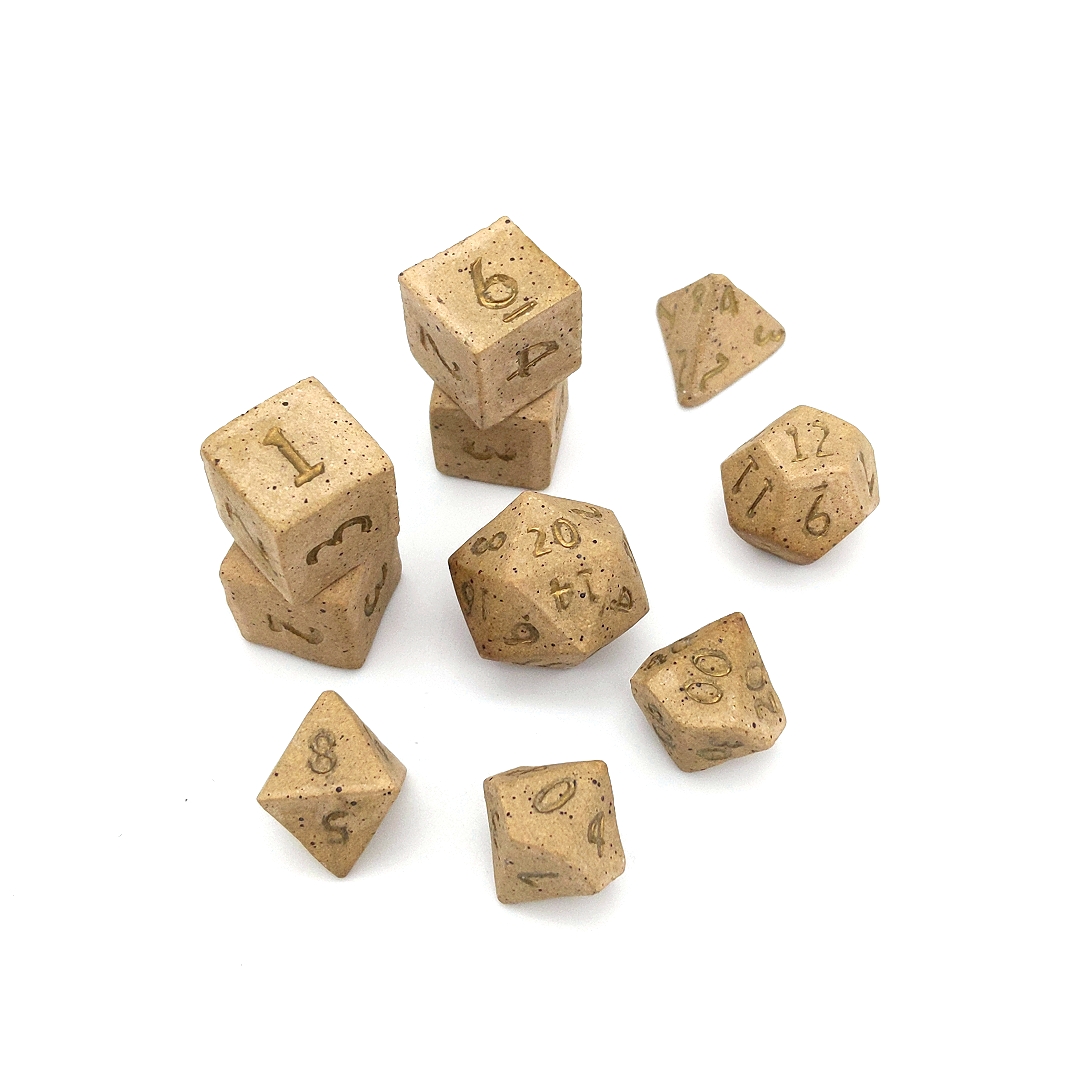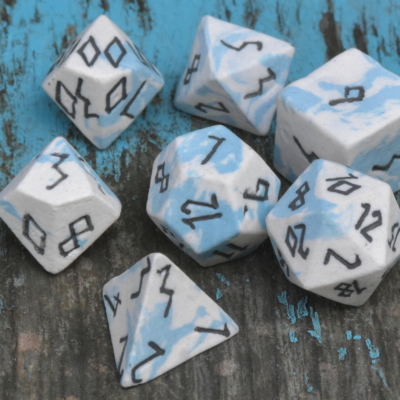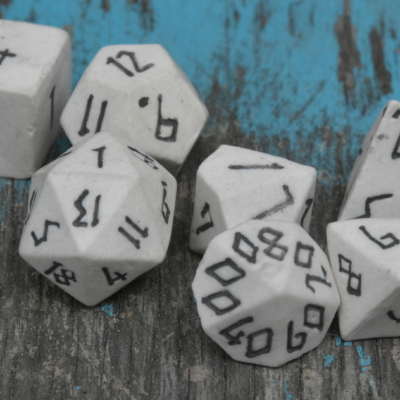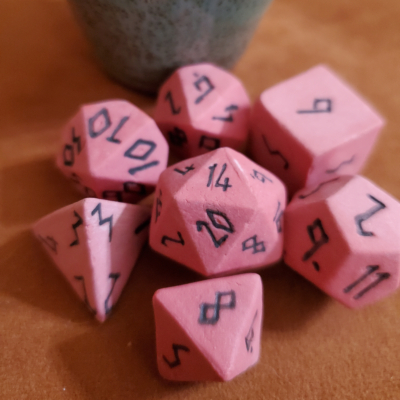Mastering the Art of Pacing in D&D Campaigns
Dungeons & Dragons (D&D) is a game that thrives on storytelling and adventure. The art of pacing is crucial for maintaining excitement and engagement throughout your campaign. Whether you’re a beginner or an experienced Dungeon Master (DM), understanding how to pace your sessions can make all the difference.
Understanding Pacing
Pacing refers to the speed and rhythm at which events unfold in your campaign. It’s about balancing action with downtime, ensuring that players remain engaged without feeling overwhelmed or bored.
Tips for Beginners
- Start Slow: Introduce characters and settings gradually.
- Build Tension: Use cliffhangers to maintain interest between sessions.
- Manage Time: Keep track of session lengths to avoid fatigue.
Advanced Techniques
- Vary Session Structure: Alternate between combat-heavy sessions and role-playing scenarios.
- Player Feedback: Regularly ask players about their experience to fine-tune pacing.
Pacing isn’t just about keeping things moving; it’s about knowing when to pause. Breaks in action give players time to reflect on their journey, develop character arcs, and interact more deeply with the world you’ve created.
Orc Cleric 5e Character Tips
The Orc Cleric is a powerful class combination in D&D 5e. Their unique abilities can significantly influence campaign pacing:
- Combat Strategy: Use spells strategically to control battlefield dynamics.
- Role-Playing Opportunities: Explore the conflict between orcish heritage and clerical duties for rich character development.
If you’re looking for a way to enhance your gaming experience, consider using the Pharaoh’s Sandstorm Ceramic Dice Set. These beautifully crafted dice are perfect for adding an extra touch of elegance and excitement to your game sessions.
Pacing in Dungeons & Dragons (D&D) campaigns is akin to the rhythm of a captivating song or the tempo of an intriguing novel. It’s the cadence at which the story unfolds, the progression of the plot, and the development of characters. The art of pacing is essential for keeping players engrossed, seamlessly blending high-octane action sequences with periods of downtime for character interactions and plot development. Whether you’re a novice or a seasoned Dungeon Master (DM), grasping the nuances of pacing can significantly enhance the quality of your D&D sessions.
In essence, pacing refers to the velocity and rhythm of your campaign’s events. It’s a delicate equilibrium between exhilarating action and restful downtime, ensuring that players remain hooked without succumbing to feelings of boredom or being overwhelmed. For beginners, it’s advisable to start slow, gradually introducing characters and settings. Build tension using cliffhangers to pique interest between sessions and manage time effectively to evade player fatigue. On the other hand, experienced DMs can experiment with varying session structures, alternating between combat-centric sessions and role-play scenarios. Regularly soliciting player feedback can also help in fine-tuning the pacing.
Pacing in D&D isn’t solely about maintaining momentum; it’s equally about knowing when to slow down. Pauses in action afford players opportunities to ponder over their journey, flesh out their character arcs, and engage more profoundly with the world you’ve crafted. Consider the Orc Cleric class in D&D 5e as an example. Their distinctive abilities can considerably impact campaign pacing, with strategic use of spells influencing battlefield dynamics and the exploration of the dichotomy between orcish lineage and clerical duties offering rich character development opportunities. To add a dose of elegance and thrill to your gaming experience, consider using finely crafted dice sets such as the Pharaoh’s Sandstorm Ceramic Dice Set.





